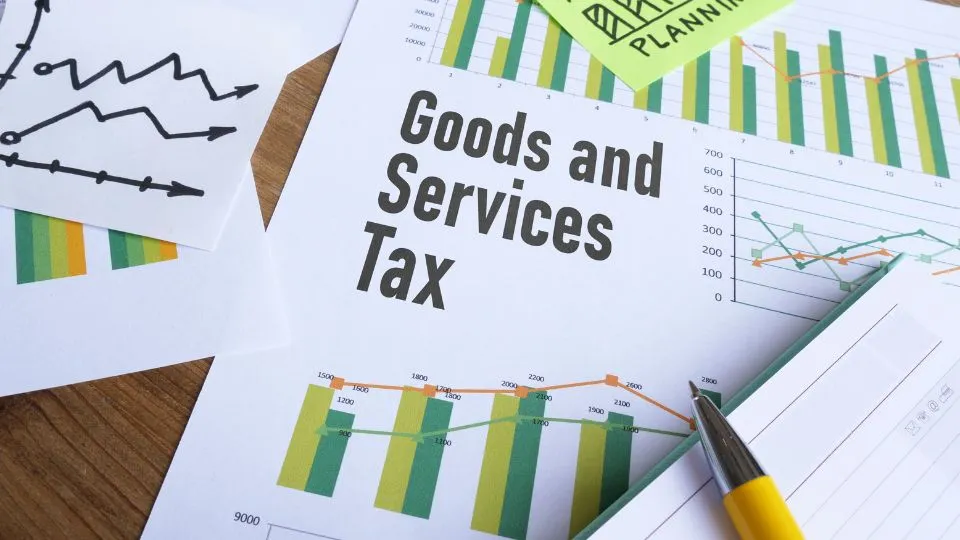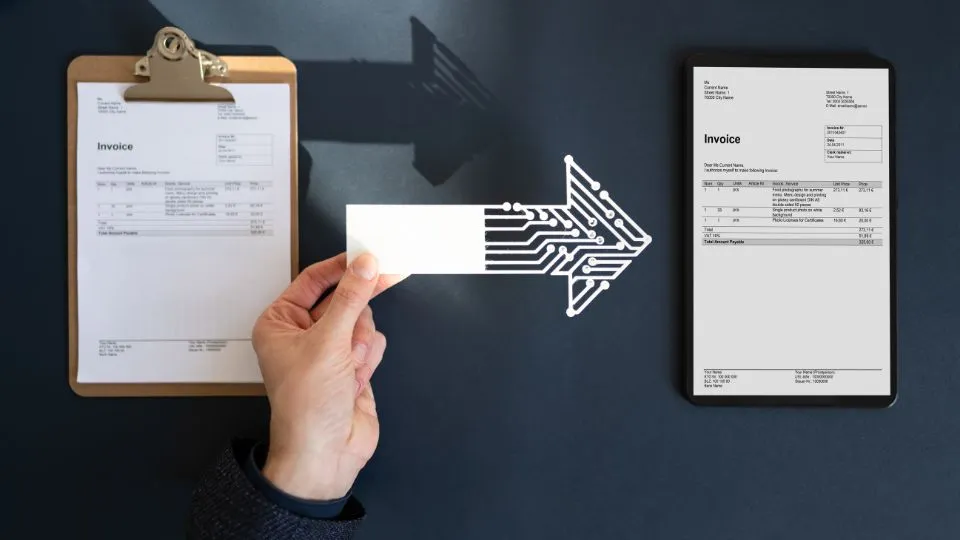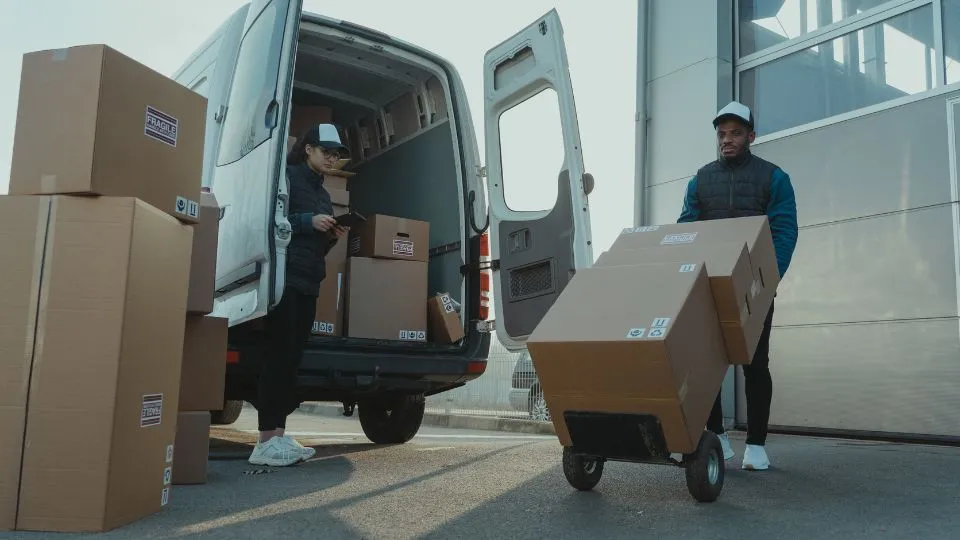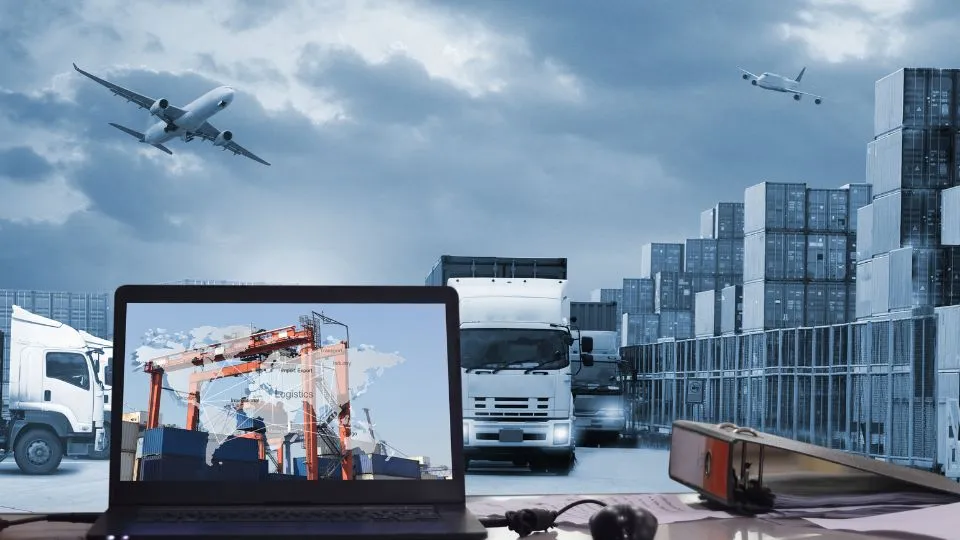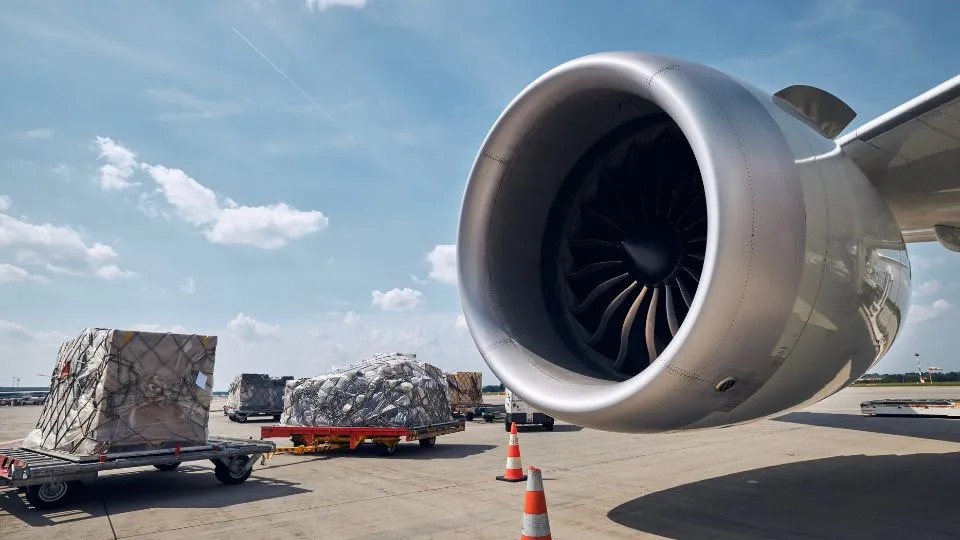Are you still chasing paperwork to ensure compliance while trying to meet delivery deadlines?
Many freight forwarders in India are facing the challenge of meeting compliance. It’s like you are pulled in two different directions – growing business and serving customers, and at the same time, taking care of government regulations and staying compliant.
Even one delay at a state border or a missed invoice upload can put you in a spiral of stress and anxiety.
The good news: digital compliance is at your rescue. One such initiative in the Indian taxation system is e-invoicing. India’s shift toward digital tax compliance has made GST e-invoicing mandatory for many businesses. As a matter of fact, e-invoicing goes beyond just compliance. It actually helps you move faster, stay organized, and maintain a competitive edge in the market.
The proof is in the numbers.
A FICCI survey revealed that 59% of businesses experienced faster transportation times after GST implementation. This proves that smarter systems drive smoother and more reliable operations.
In this article, we’ll dive into GST e-invoicing and why it matters for your freight forwarding business. We’ll also analyze the challenges of manual invoicing and how SeaRates ERP helps you automate the entire process while incorporating e-invoicing.
Let’s get started.
What is GST E-Invoicing?
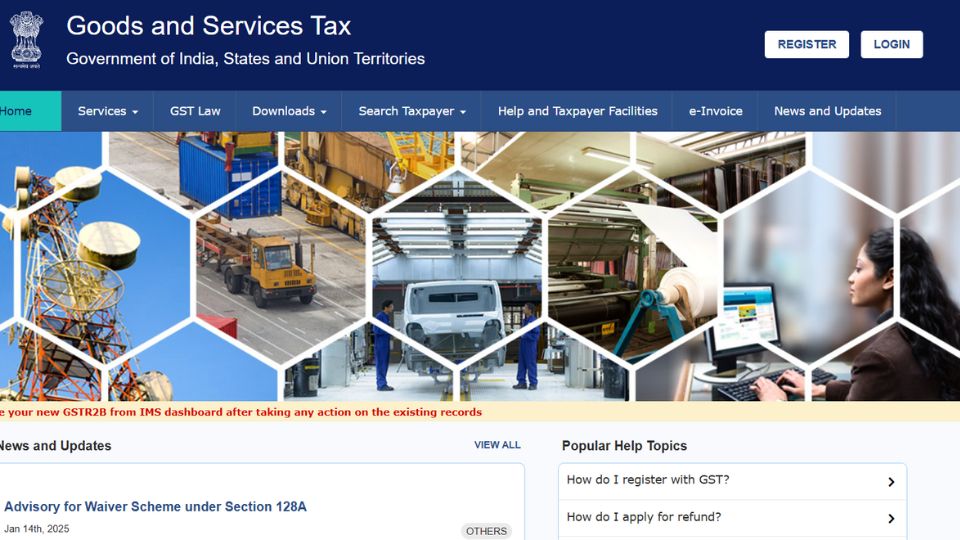
GST e-invoicing is a digital invoicing system under India’s Goods and Services Tax (GST) framework. It requires you to create invoices in a standard digital format and report them in real time through the government’s Invoice Registration Portal (IRP).
Here’s how it works:
Once you generate an invoice, the Goods and Services Tax Network (GSTN) verifies the details digitally.
After approval, the system assigns a unique Invoice Reference Number (IRN) and attaches a signed QR code.
This step confirms that your invoice is valid under GST law. It also allows you to
track the invoice status in real time and claim the input tax credit without delay.
Currently, this rule applies to businesses with an annual turnover above ₹5 crore.
With GST e-invoicing, you can streamline compliance, making it easier for you to manage, track, and reconcile your invoices.
First, let’s take a closer look at the challenges freight forwarders face with traditional invoicing.
Challenges of Traditional Invoicing

If you are still using traditional methods of invoicing, it might just result in more challenges given the current regulatory environment. Manual invoicing not only slows you down but also leads to costly errors. Here are some of the key challenges you may face by not adopting GST e-invoicing:
1. Missed Uploads or Formatting Errors
Creating invoices manually leads to missing fields, invalid HSN codes, or incorrect formats. The IRP rejects these invoices, which blocks your shipments and disrupts timelines.
2. Delays in IRN Generation
Without automation, you upload invoices late and rush to meet deadlines. This slows down IRN generation and delays dispatch, putting your delivery schedules at risk.
3. Non-compliance Penalties
When you report invoices late or incorrectly, you risk penalties from tax authorities. These lapses also delay Input Tax Credit (ITC), which affects your cash flow.
4. Complex GSTR Reconciliation
Manually matching invoices during GSTR-1 and GSTR-3B filing takes time and effort. This increases the workload and creates major compliance gaps.
5. Increased Burden on Teams
Manual e-invoicing requires coordination between sales, dispatch, finance, and tax teams. This drains valuable time, increases stress, and limits your ability to scale, especially during peak seasons.
Switching to GST e-invoicing helps overcome these challenges. It eliminates manual data entry, reduces errors, and speeds up payment. It also ensures your invoicing process is secure and transparent.
Let’s explore how automated invoicing using SeaRates ERP can simplify invoicing for you while meeting compliance requirements.
How SeaRates ERP Simplifies GST E-Invoicing?
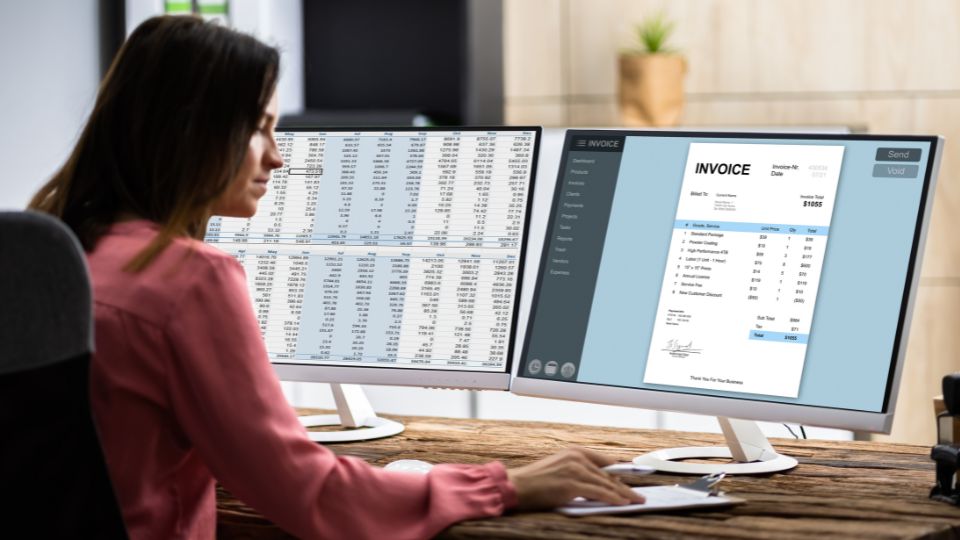
SeaRates ERP is designed to make the transition to GST e-invoicing as simple as possible. It takes the complexity out of the process by automating everything and ensuring your invoices are always in compliance.
Here’s how it works:
1. Full Automation of Invoice Generation
SeaRates ERP generates the Invoice by calculating taxes, applying the correct GST Rates, and including necessary fields like invoice number, date, buyer, and seller information, etc. The system validates the data for accuracy and saves the invoice with a unique identifier.
2. Integration with GST Portal
Before submitting invoices, the system automatically organizes the data to meet regulatory requirements. It includes essential details like tax identification numbers, invoice numbers, taxable amounts, and tax breakdowns. To maintain security and compliance, the data gets encrypted and verified before submission.
Once the invoice details are prepared, the system securely sends them to the GST E-invoice portal. The process includes necessary validations and tracking to ensure smooth submission. The system then waits for confirmation from the portal, ensuring the invoice is successfully recorded and the IRN and QR code are generated
You don’t have to submit invoices or wait for approval manually.
3. Error-Free Compliance
SeaRates ERP verifies each invoice before submission. It cross-checks all details, including GSTIN, tax amounts, and invoice numbers to ensure accuracy and GST compliance.
4. Centralized Dashboard for Invoices
Managing invoices can get confusing, especially with multiple shipments in progress. SeaRates ERP provides a centralized dashboard where you can track and manage all your invoices in one place.
5. Multi-Location Compliance
SeaRates ERP also supports multi-location compliance. It automatically adjusts GST rates based on different locations and regional requirements.
Would you like to skip the headaches and automate GST compliance?


Conclusion
GST e-invoicing simplifies your operations and allows you to scale your business with confidence. SeaRates ERP helps you automate the entire process, reduce errors, and stay one step ahead.
Take a step forward. Switch to GST e-invoicing with SeaRates ERP and streamline your invoicing process with speed and precision.
Frequently Asked Questions
1. What is the minimum turnover for GST e-invoicing applicability?
GST e-invoicing applies to businesses with an annual turnover above Rs. 10 crore.
However, this threshold can change, so staying updated with the latest government notifications is essential.
2. How does SeaRates ERP integrate with GST portals?
SeaRates ERP integrates directly with the GST portal by automating the generation and submission of e-invoices.
Once an invoice is created in the system, it’s automatically sent to the GST portal for validation, and the Invoice Reference Number (IRN) is generated.
3. Can SeaRates ERP handle multi-location GST compliance?
Yes, SeaRates ERP can manage GST compliance across multiple locations.
It automatically adjusts for state-specific tax rates and compliance rules, making it easier for businesses with operations in various regions.
4. What happens if an invoice is not e-invoiced as required?
If an invoice is not e-invoiced when required, it may be considered invalid under GST rules. This could lead to penalties, delays in payments, and complications during tax filing.
To avoid this, ensure that your system is compliant and that all invoices are generated and validated electronically.
